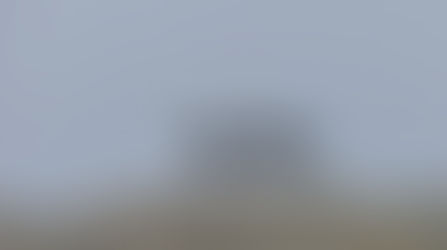The Davoren Lab @ The World Seabird Twitter Conference (2/3)
- davorenlab
- May 28, 2021
- 1 min read
Emily Runnells, a Ph.D. student in the Davoren Lab also participated in the recent World Seabird Twitter Conference to present some of her research findings on Alcids during the non-breeding season.

1- #WSTC7 #DistSesh4 Many #seabirds come together during breeding, but do they share space the rest of the year, when ocean conditions can be harsh and food harder to find? Alcids don’t fly as far as others - maybe they have #TeamAuk parties in the winter? @DavorenLab

2- #WSTC7 #DistSesh4 We deployed #geolocators on Atlantic Puffins (ATPU) and Razorbills (RAZO) from a colony in eastern #NL, to learn where they go after breeding and measure overlap in space use during different seasons. (Thanks @Scure167 + @Julia_Gulka!) #moveVis

3- #WSTC7 #DistSesh4 Preliminary #biologging results suggest little spatial overlap between Razorbills (RAZO) and most puffins (ATPU), but sample size = small. More tag recoveries in 2021 will help me measure overlap between these species throughout non-breeding. @LegardMatthew

4- #WSTC7 #DistSesh4 Next steps: adding geolocator data from a 3rd species, Common Murre, plus #feather stable isotope analysis to compare their diets. Conversations about #geolocators and #StableIsotopes welcome, as we work to fill the non-breeding ecology knowledge gap!
Stay tuned for more tweets from the Davoren Lab!





























Comments